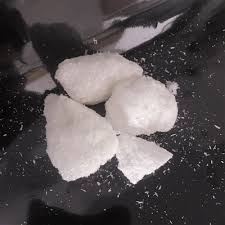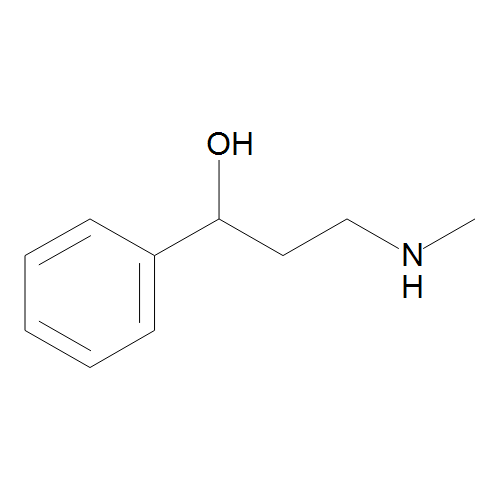
HistoryMost dissociative anesthetics are members of the phenyl cyclohexamine group of chemicals. Agentsfrom this group werefirst utilized in medical practice in the 1950s. Early experience with agents fromthis group, such as phencyclidine and cyclohexamine hydrochloride, showed an unacceptably highincidence of inadequate anesthesia, convulsions, and psychotic symptoms (Pender1971). Theseagents never ever got in regular scientific practice, however phencyclidine (phenylcyclohexylpiperidine, commonly referred to as PCP or" angel dust") has stayed a drug of abuse in lots of societies. Inclinical screening in the 1960s, ketamine (2-( 2-chlorophenyl) -2-( methylamino)- cyclohexanone) wasshown not to trigger convulsions, however was still related to anesthetic introduction phenomena, such as hallucinations and agitation, albeit of much shorter period. It became commercially readily available in1970. There are two optical isomers of ketamine: S(+) ketamine and ketamine. The S(+) isomer is roughly 3 to 4 times as potent as the R isomer, probably because of itshigher affinity to the phencyclidine binding sites on NMDA receptors (see subsequent text). The S(+) enantiomer might have more psychotomimetic properties (although it is unclear whether thissimply shows its increased effectiveness). Conversely, R() ketamine might preferentially bind to opioidreceptors (see subsequent text). Although a scientific preparation of the S(+) isomer is offered insome nations, the most common preparation in clinical use is a racemic mix of the 2 isomers.The only other representatives with dissociative functions still typically used in scientific practice arenitrous oxide, initially used clinically in the 1840s as an inhalational anesthetic, and dextromethorphan, a representative used as an antitussive in cough syrups since 1958. Muscimol (a powerful GABAAagonistderived from the amanita muscaria mushroom) and salvinorin A (ak-opioid receptor agonist derivedfrom the plant salvia divinorum) are also said to be dissociative drugs and have actually been used in mysticand spiritual rituals (seeRitual Utilizes of Psychoactive Drugs"). * Email:

nlEncyclopedia of PsychopharmacologyDOI 10.1007/ 978-3-642-27772-6_341-2 #Springer- Verlag Berlin Heidelberg 2014Page 1 of 6
In the last few years these have actually been a revival of interest in the use of ketamine as an adjuvant agentduring basic anesthesia (to help lower severe postoperative discomfort and to help avoid developmentof chronic discomfort) (Bell et al. 2006). Recent literature recommends a possible role for ketamine asa treatment for persistent discomfort (Blonk et al. 2010) and depression (Mathews and Zarate2013). Ketamine has actually also been utilized as a model supporting the glutamatergic hypothesis for the pathogen-esis of schizophrenia (Corlett et al. 2013). Systems of ActionThe main direct molecular mechanism of action of ketamine (in typical with other dissociativeagents such as nitrous oxide, phencyclidine, and dextromethorphan) happens via Additional info a noncompetitiveantagonist impact at theN-methyl-D-aspartate (NDMA) receptor. It might also act by means of an agonist effectonk-opioid receptors (seeOpioids") (Sharp1997). Positron emission tomography (PET) imaging research studies recommend that the mechanism of action does not involve binding at theg-aminobutyric acid GABAA receptor (Salmi et al. 2005). Indirect, downstream results are variable and somewhat questionable. The subjective effects ofketamine appear to be moderated by increased release of glutamate (Deakin et al. 2008) and likewise byincreased dopamine release mediated by a glutamate-dopamine interaction in the posterior cingulatecortex (Aalto et al. 2005). In spite of its uniqueness in receptor-ligand interactions noted earlier, ketamine might trigger indirect repressive effects on GABA-ergic interneurons, resulting ina disinhibiting impact, with a resulting increased release of serotonin, norepinephrine, and dopamineat downstream sites.The sites at which dissociative agents (such as sub-anesthetic dosages of ketamine) produce theirneurocognitive and psychotomimetic results are partially comprehended. Functional MRI (fMRI) (see" Magnetic Resonance Imaging (Practical) Research Studies") in healthy topics who were provided lowdoses of ketamine has revealed that ketamine activates a network of brain areas, consisting of theprefrontal cortex, striatum, and anterior cingulate cortex. Other research studies recommend deactivation of theposterior cingulate region. Interestingly, these effects scale with the psychogenic effects of the agentand are concordant with functional imaging problems observed in patients with schizophrenia( Fletcher et al. 2006). Comparable fMRI studies in treatment-resistant significant anxiety suggest thatlow-dose ketamine infusions modified anterior cingulate cortex activity and connection with theamygdala in responders (Salvadore et al. 2010). In spite of these information, it stays uncertain whether thesefMRIfindings straight identify the websites of ketamine action or whether they identify thedownstream results of the drug. In particular, direct displacement studies with FAMILY PET, using11C-labeledN-methyl-ketamine as a ligand, do not reveal plainly concordant patterns with fMRIdata. Even more, the function of direct vascular results of the drug stays unpredictable, given that there are cleardiscordances in the regional specificity and magnitude of modifications in cerebral bloodflow, oxygenmetabolism, and glucose uptake, as studied by FAMILY PET in healthy human beings (Langsjo et al. 2004). Recentwork recommends that the action of ketamine on the NMDA receptor leads to anti-depressant effectsmediated by means of downstream impacts on the mammalian target of rapamycin leading to increasedsynaptogenesis